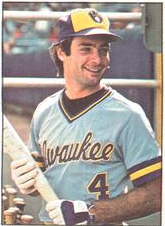
Elections to the Baseball Hall of Fame for 2004 proceeded in keeping with rules enacted in 2001. The Baseball Writers' Association of America (BBWAA) held an election to select from recent players; Dennis Eckersley and Paul Molitor gained induction to the Hall.
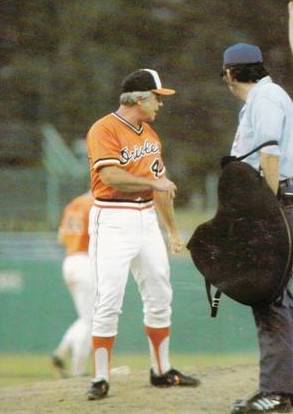
Elections to the Baseball Hall of Fame for 1996 followed the system in use since 1995. The Baseball Writers' Association of America (BBWAA) voted by mail to select from recent major league players but no one tallied the necessary 75% support.
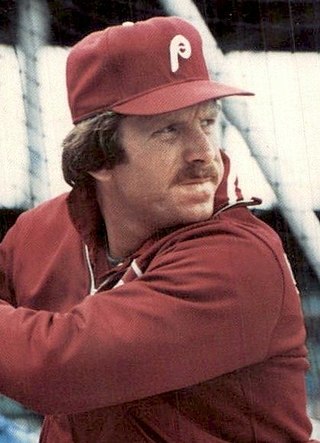
Elections to the Baseball Hall of Fame for 1995 introduced a system of multiple classified ballots for consideration by the Veterans Committee. That group met in closed sessions as usual and selected four people: Richie Ashburn, Leon Day, William Hulbert, and Vic Willis. Day and Hulbert were named from the new ballots for Negro leagues and 19th century figures.
Elections to the Baseball Hall of Fame for 1950 were subject to one rules change, the elimination of a runoff election by the baseball writers in case of no winner, which had been used the year prior. The Baseball Writers' Association of America (BBWAA) voted once by mail to select from major league players retired less than 25 years, and elected no one. Meanwhile, the Old-Timers Committee, with jurisdiction over earlier players and other figures, did not meet. For the first time, except years without any election activity, there were no new Hall of Fame members.

Elections to the Baseball Hall of Fame for 1988 followed the system in place since 1978. The Baseball Writers' Association of America (BBWAA) voted by mail to select from recent major league players and elected Willie Stargell. The Veterans Committee met in closed sessions to consider older major league players as well as managers, umpires, executives, and figures from the Negro leagues; it selected no one. A formal induction ceremony was held in Cooperstown, New York, on July 31, 1988, with Commissioner of Baseball Peter Ueberroth in attendance.

Elections to the Baseball Hall of Fame for 1951 followed the same rules as 1950. The Baseball Writers' Association of America (BBWAA) voted once by mail to select from major league players retired less than 25 years. It elected two, Jimmie Foxx and Mel Ott. Meanwhile, the Old-Timers Committee, with jurisdiction over earlier players and other figures, did not meet. A formal induction ceremony was held in Cooperstown, New York, on July 23, 1951, with National League president Ford Frick in attendance.
Elections to the National Baseball Hall of Fame and Museum for 1987 followed the system in place since 1978. The Baseball Writers' Association of America (BBWAA) voted by mail to select from recent major league players and elected two, Catfish Hunter and Billy Williams. The Veterans Committee met in closed sessions to consider older major league players as well as managers, umpires, executives, and figures from the Negro leagues. It selected Ray Dandridge from the Negro leagues. A formal induction ceremony was held in Cooperstown, New York, on July 26, 1987, with Commissioner of Baseball Peter Ueberroth in attendance.
Elections to the Baseball Hall of Fame for 1984 followed the system in place since 1978. The Baseball Writers' Association of America (BBWAA) voted by mail to select from recent major league players and elected three: Luis Aparicio, Don Drysdale, and Harmon Killebrew. The Veterans Committee met in closed sessions to consider older major league players as well as managers, umpires, executives, and figures from the Negro leagues. It selected two players, Rick Ferrell and Pee Wee Reese. A formal induction ceremony was held in Cooperstown, New York, on August 12, 1984.
Elections to the Baseball Hall of Fame for 1983 followed the system in place since 1978. The Baseball Writers' Association of America (BBWAA) voted by mail to select from recent major league players and elected two, Juan Marichal and Brooks Robinson. The Veterans Committee met in closed sessions to consider older major league players as well as managers, umpires, executives, and figures from the Negro leagues. It selected Walter Alston and George Kell. A formal induction ceremony was held in Cooperstown, New York, on July 31, 1983, with Commissioner of Baseball Bowie Kuhn presiding.
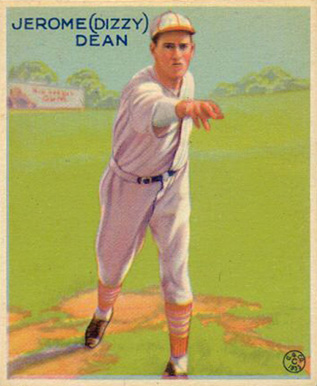
Elections to the Baseball Hall of Fame for 1953 followed a radically new procedure. The institution appointed its Committee on Baseball Veterans, the famous "Veterans Committee", to meet in person and consider pioneers and executives, managers, umpires, and earlier major league players. Committees in the 1930s and 1940s had chosen several pioneers and executives, but this was the first direction of anyone's attention to field personnel other than players, the managers and umpires.
Elections to the Baseball Hall of Fame for 1976 followed the system in place since 1971. The Baseball Writers' Association of America (BBWAA) voted by mail to select from recent major league players and elected two, Bob Lemon and Robin Roberts. The Veterans Committee met in closed sessions to consider executives, managers, umpires, and earlier major league players. It selected three players: Roger Connor, Cal Hubbard, and Freddie Lindstrom. The Negro Leagues Committee also met in person and selected Oscar Charleston. A formal induction ceremony was held in Cooperstown, New York, on August 9, 1976, with Commissioner of Baseball Bowie Kuhn presiding.

Elections to the Baseball Hall of Fame for 1975 followed the system in place since 1971. The Baseball Writers' Association of America (BBWAA) voted by mail to select from recent major league players and elected Ralph Kiner. The Veterans Committee met in closed sessions to consider executives, managers, umpires, and earlier major league players. It selected three people: Earl Averill, Bucky Harris, and Billy Herman. The Negro Leagues Committee also met in person and selected Judy Johnson. A formal induction ceremony was held in Cooperstown, New York, on August 18, 1975, with Commissioner of Baseball Bowie Kuhn presiding.
Elections to the Baseball Hall of Fame for 1974 followed the system in place since 1971. The Baseball Writers' Association of America (BBWAA) voted by mail to select from recent major league players and elected two, Whitey Ford and Mickey Mantle. The Veterans Committee met in closed sessions to consider executives, managers, umpires, and earlier major league players. It selected three people: Jim Bottomley, Jocko Conlan, and Sam Thompson. The Negro Leagues Committee also met in person and selected Cool Papa Bell. A formal induction ceremony was held in Cooperstown, New York, on August 12, 1974, with Commissioner of Baseball Bowie Kuhn presiding.
Elections to the Baseball Hall of Fame for 1972 followed the system established one year earlier. The Baseball Writers' Association of America (BBWAA) voted by mail to select from recent major league players and elected three: Yogi Berra, Sandy Koufax, and Early Wynn. The Veterans Committee met in closed sessions to consider executives, managers, umpires, and earlier major league players. It also selected three people: Lefty Gomez, Will Harridge, and Ross Youngs. The Negro Leagues Committee met for the second time and selected Josh Gibson and Buck Leonard. A formal induction ceremony was held in Cooperstown, New York, on August 7, 1972, with Commissioner of Baseball Bowie Kuhn presiding.
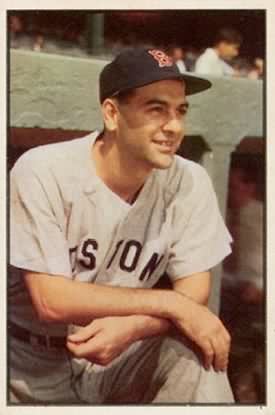
Elections to the Baseball Hall of Fame for 1970 followed the system of annual elections in place since 1968. The Baseball Writers' Association of America (BBWAA) voted by mail to select from recent major league players and elected Lou Boudreau. The Veterans Committee met in closed sessions to consider executives, managers, umpires, and earlier major league players. It selected three people: Earle Combs, Ford Frick, and Jesse Haines. A formal induction ceremony was held in Cooperstown, New York, on July 27, 1970, with Commissioner of Baseball Bowie Kuhn presiding.
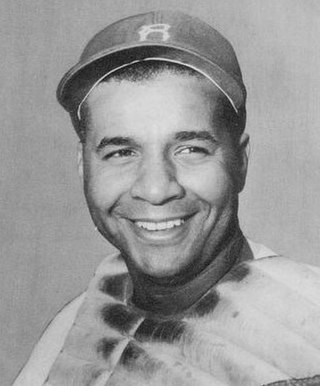
Elections to the Baseball Hall of Fame for 1969 followed the system reintroduced in 1968. The Baseball Writers' Association of America (BBWAA) voted once by mail to select from recent major league players and elected two, Roy Campanella and Stan Musial. The Veterans Committee met in closed sessions to consider executives, managers, umpires, and earlier major league players. It selected two players, Stan Coveleski and Waite Hoyt. A formal induction ceremony was held in Cooperstown, New York, on July 28, 1969, with Commissioner of Baseball Bowie Kuhn presiding.

Elections to the Baseball Hall of Fame for 1968 followed rules revised in June 1967, which returned the Baseball Writers' Association of America (BBWAA) to annual elections without any provision for a runoff. In the event, the BBWAA voted once by mail to select from recent major league players, and elected Joe Medwick. The Veterans Committee met in closed sessions to consider executives, managers, umpires, and earlier major league players. It selected two players, Kiki Cuyler and Goose Goslin. A formal induction ceremony was held in Cooperstown, New York, on July 22, 1968, with Commissioner of Baseball William Eckert presiding.

Elections to the Baseball Hall of Fame for 1966 followed the system introduced for even-number years in 1956. The Baseball Writers' Association of America (BBWAA) voted by mail to select from recent major league players with provision for a second, "runoff" election in case of no winner. Ted Williams tallied more than 90% on the first ballot. Meanwhile, the Veterans Committee was meeting annually to consider executives, managers, umpires, and earlier major league players. It selected Casey Stengel. A formal induction ceremony was held in Cooperstown, New York, on July 25, 1966, with Commissioner of Baseball William Eckert presiding. During his acceptance speech, Williams advocated for the inclusion of Negro league baseball players, such as Satchel Paige and Josh Gibson, in the Hall of Fame. Paige was inducted in 1971, and Gibson in 1972.

Elections to the Baseball Hall of Fame for 1964 followed the system introduced for even-number years in 1962. The Baseball Writers' Association of America (BBWAA) voted by mail to select from recent major league players with provision for a second, "runoff" election in the event of no player receiving enough votes for induction. The runoff was necessary this year, with Luke Appling the winner. Further, the eligibility of retired players was reduced from having retired 30 years prior to election to 20 years prior.
Elections to the Baseball Hall of Fame for 1958 followed a system established after the 1956 election. The Baseball Writers' Association of America (BBWAA) voted by mail to select from recent major league players; they elected no one. The BBWAA was voting only in even-number years, with the Veterans Committee meeting only in odd-numbered years to consider older major league players as well as managers, umpires, and executives. For the first time since 1950, the induction ceremonies in Cooperstown, New York, were canceled because there was no one to induct, the second such occurrence in Hall of Fame history.













